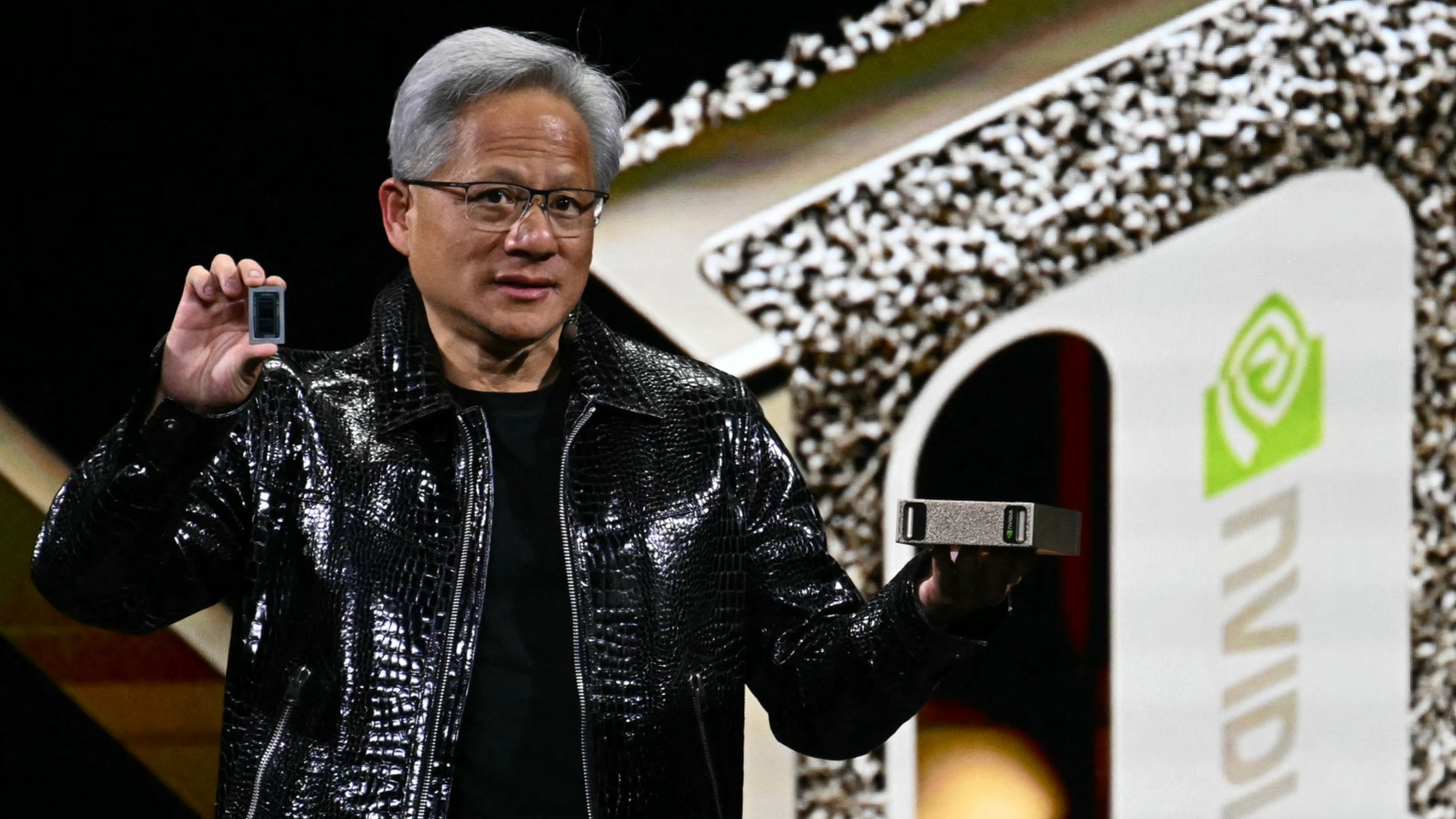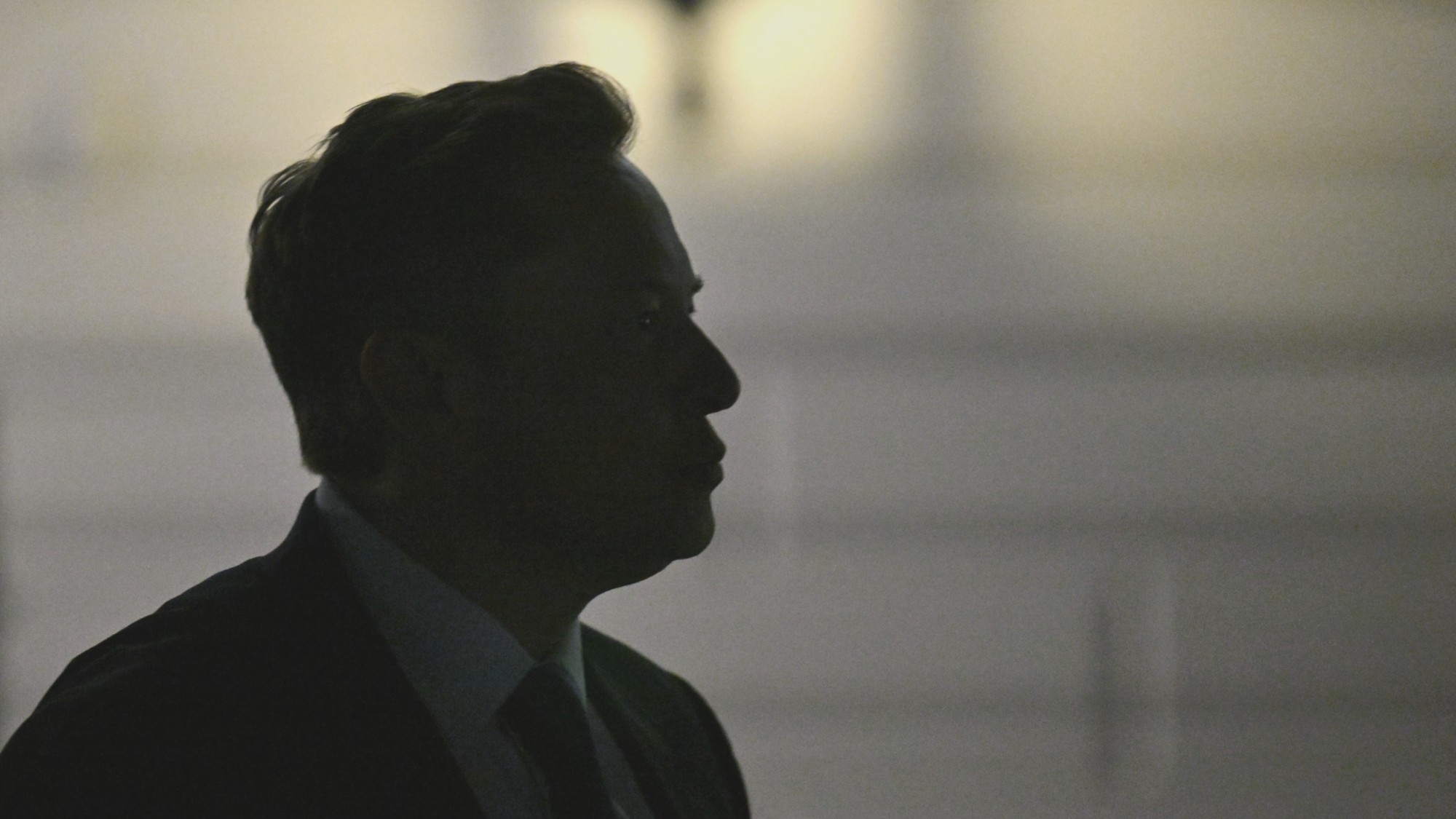Doctors use CRISPR gene-editing technology directly in a patient for the first time


For the first time, CRISPR gene editing technology has been used directly inside a patient, doctors say. Though it could take a month to see if the move was a success, scientists are optimistic.
The CRISPR technique has previously been used on cells that were removed from a patient's body, modified, then infused back inside the body. But this time, doctors at the Casey Eye Institute in Portland used the gene-editing technique directly in a patient blinded with Leber congenital amaurosis, with the hopes of restoring their vision, reports NPR.
Doctors injected the patient's eye with fluid containing copies of the virus carrying the CRISPR gene-editing instructions, which should remove the defect that caused blindness, restoring vision.
The Week
Escape your echo chamber. Get the facts behind the news, plus analysis from multiple perspectives.

Sign up for The Week's Free Newsletters
From our morning news briefing to a weekly Good News Newsletter, get the best of The Week delivered directly to your inbox.
From our morning news briefing to a weekly Good News Newsletter, get the best of The Week delivered directly to your inbox.
The patient is the first in a study that hopes to determine whether it is safe to inject CRISPR into the eye. The study is still in its early stages, and will eventually involve 18 patients, per NPR. If successful, a similar approach could help treat various brain disorders and muscle diseases.
"We're helping open, potentially, an era of gene-editing for therapeutic use that could have impact in many aspects of medicine," Eric Pierce, study leader and professor of ophthalmology at Harvard Medical School, told NPR.
Read more at NPR.
A free daily email with the biggest news stories of the day – and the best features from TheWeek.com
Taylor Watson is audience engagement editor for TheWeek.com and a former editorial assistant. She graduated from Syracuse University, with a major in magazine journalism and minors in food studies and nutrition. Taylor has previously written for Runner's World, Vice, and more.
-
 Choline: the ‘under-appreciated’ nutrient
Choline: the ‘under-appreciated’ nutrientThe Explainer Studies link choline levels to accelerated ageing, anxiety, memory function and more
-
 Is a Putin-Modi love-in a worry for the rest of the world?
Is a Putin-Modi love-in a worry for the rest of the world?Today’s Big Question The Indian leader is walking a ‘tightrope’ between Russia and the United States
-
 Quiz of The Week: 29 November – 5 December
Quiz of The Week: 29 November – 5 DecemberQuiz Have you been paying attention to The Week’s news?
-
 Google avoids the worst in antitrust ruling
Google avoids the worst in antitrust rulingSpeed Read A federal judge rejected the government's request to break up Google
-
 Supreme Court allows social media age check law
Supreme Court allows social media age check lawSpeed Read The court refused to intervene in a decision that affirmed a Mississippi law requiring social media users to verify their ages
-
 Nvidia hits $4 trillion milestone
Nvidia hits $4 trillion milestoneSpeed Read The success of the chipmaker has been buoyed by demand for artificial intelligence
-
 X CEO Yaccarino quits after two years
X CEO Yaccarino quits after two yearsSpeed Read Elon Musk hired Linda Yaccarino to run X in 2023
-
 Musk chatbot Grok praises Hitler on X
Musk chatbot Grok praises Hitler on XSpeed Read Grok made antisemitic comments and referred to itself as 'MechaHitler'
-
 Disney, Universal sue AI firm over 'plagiarism'
Disney, Universal sue AI firm over 'plagiarism'Speed Read The studios say that Midjourney copied characters from their most famous franchises
-
 Amazon launches 1st Kuiper internet satellites
Amazon launches 1st Kuiper internet satellitesSpeed Read The battle of billionaires continues in space
-
 Test flight of orbital rocket from Europe explodes
Test flight of orbital rocket from Europe explodesSpeed Read Isar Aerospace conducted the first test flight of the Spectrum orbital rocket, which crashed after takeoff
